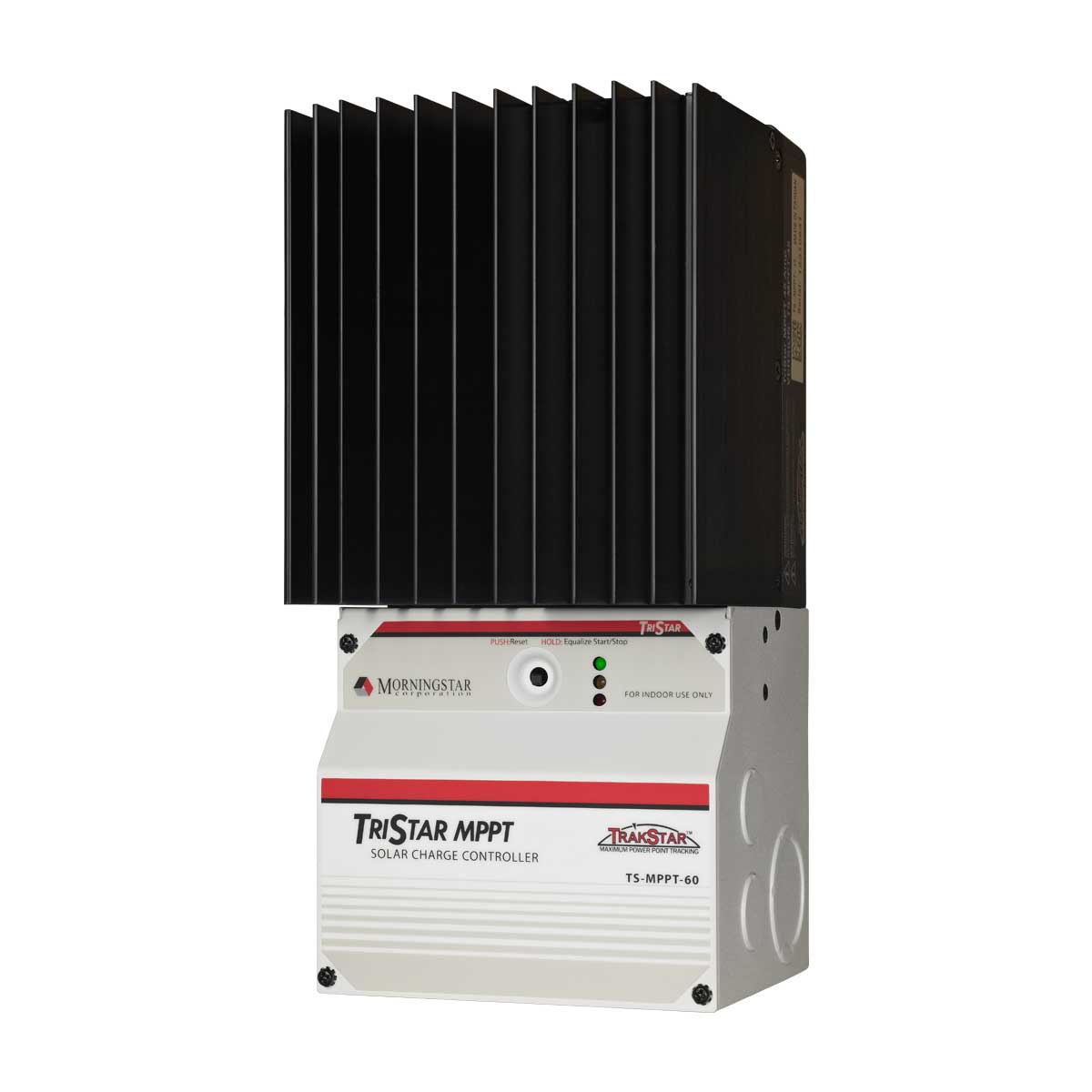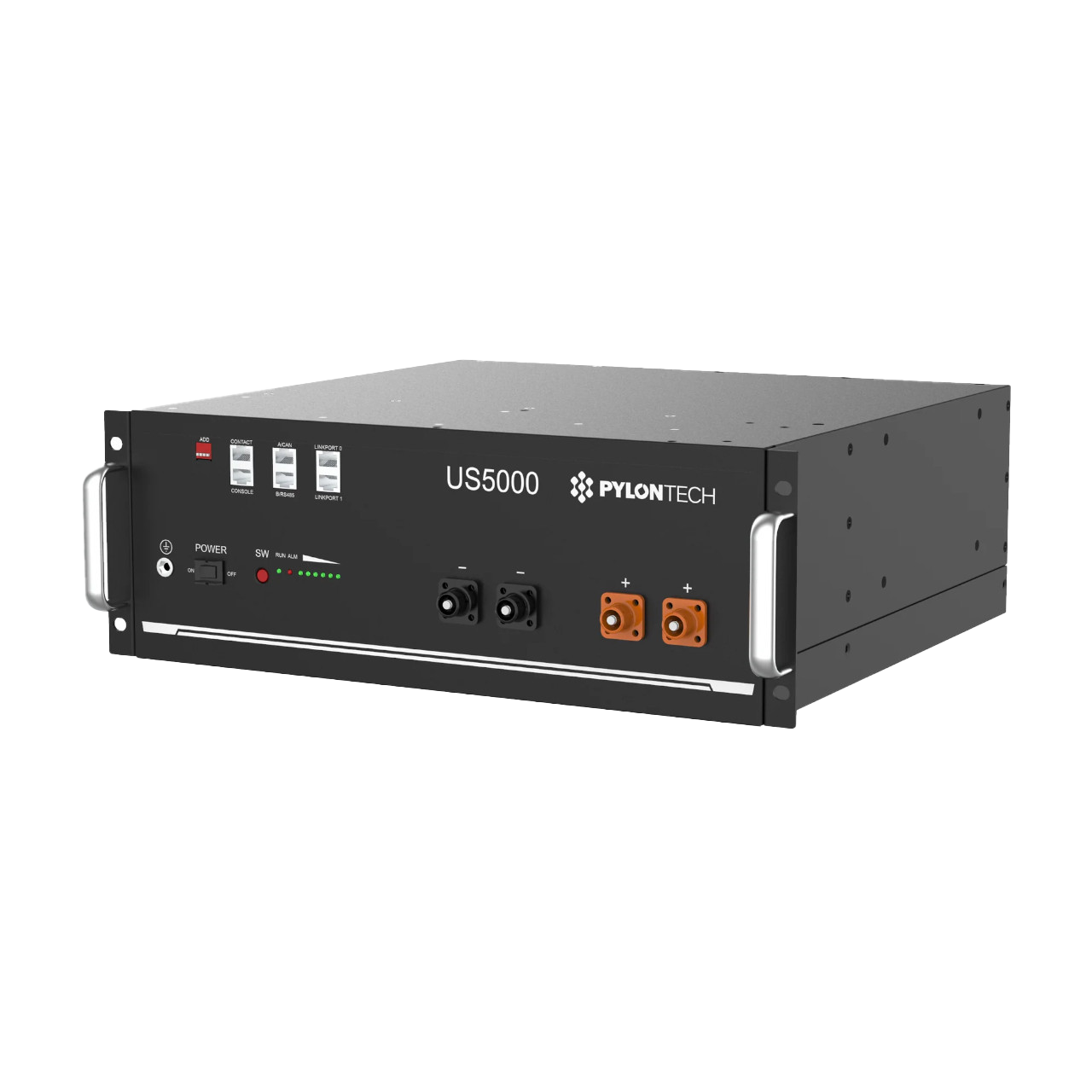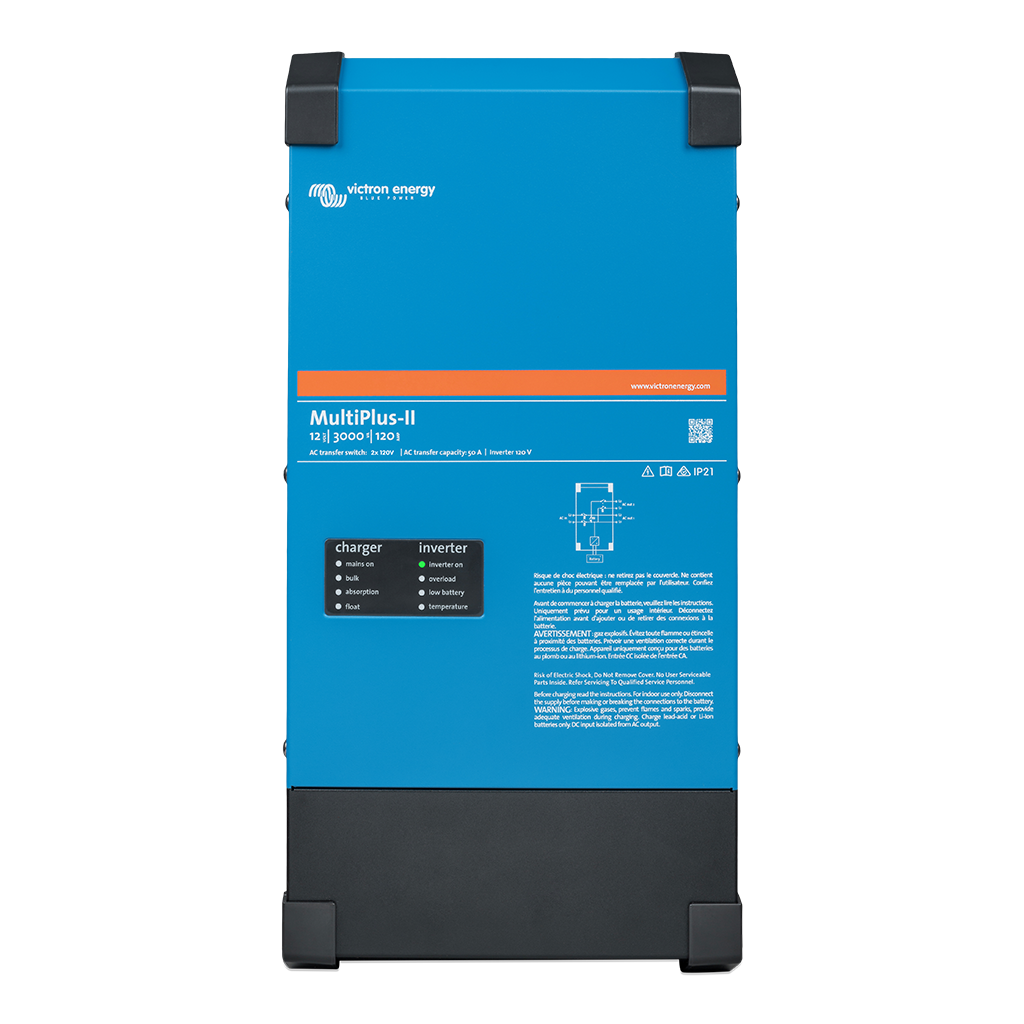Off-Grid Solar
In an era dominated by the pursuit of sustainable energy solutions, off-grid solar systems have emerged as a beacon of independence, offering individuals and communities the ability to generate clean and reliable power in remote or isolated locations. Off-grid solar systems, commonly known as standalone solar power systems, operate independently of the traditional electric grid, relying solely on the sun’s abundant energy to meet their power needs. This page delves into the various components, benefits, and considerations associated with off-grid solar systems, empowering readers with insights into a self-sufficient and environmentally friendly energy alternative.






